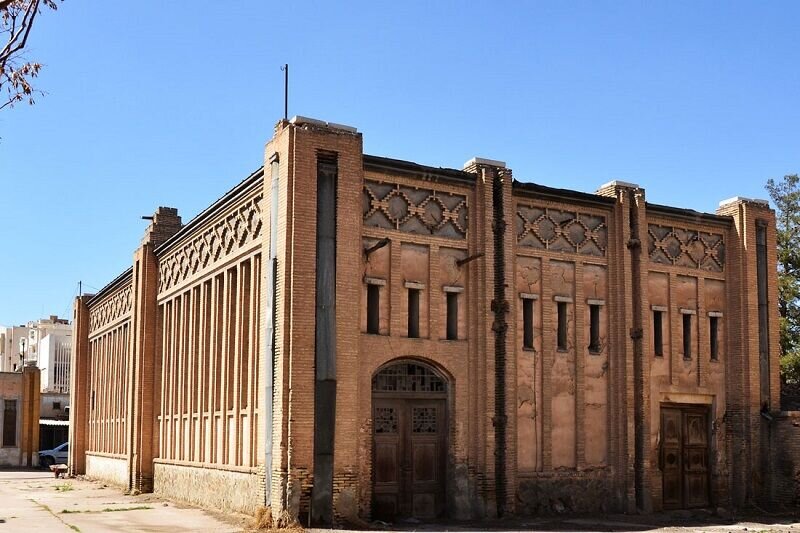Abandoned factory in Isfahan to turn into museum

TEHRAN –An abandoned textile factory in the central province of Isfahan is planned to be turned into a cultural heritage museum, the province’s governor has said.
Plans are in place to transform the abandoned Risbaf Factory, which has been inscribed on the national heritage list, into a national museum in Isfahan, Seyyed Reza Mortazavi explained on Thursday.
The factory sits on over six hectares of land, once owned by the Melli Bank, and it has been the subject of numerous efforts in recent years to transform it into a living museum that captures the essence of Isfahan, the official added.
The tourism ministry, however, needs to act promptly to carry out this project, as the citizens of Isfahan have been eagerly waiting for it for many years, he noted.
Soaked in a rich history and culture, Isfahan was once a crossroads of international trade and diplomacy in Iran. Now, it is one of Iran’s top tourist destinations for good reasons. The ancient city is filled with many architectural wonders such as unmatched Islamic buildings, bazaars, museums, Persian gardens, and tree-lined boulevards. It’s a city for walking, getting lost in its mazing bazaars, dozing in beautiful gardens, and meeting people.
The city has long been nicknamed as Nesf-e-Jahan which is translated into “half the world”; meaning seeing it is relevant to see the whole world. In its heyday, it was also one of the largest cities in the region with a population of nearly one million.
Isfahan is renowned not only for the abundance of great historical bridges but also for its ‘life-giving river’, the Zayandeh-Rood, which has long bestowed the city an original beauty and fertility. The cool blue tiles of Isfahan’s Islamic buildings, and the city’s majestic bridges, contrast perfectly with the encircling hot, dry Iranian countryside.
The huge Imam Square, best known as Naghsh-e Jahan Sq. (literary meaning “Image of the World”), is one of the largest in the world (500m by 160m), and a majestic example of town planning. Built in the early 17th century, the UNESCO-registered square is punctuated with the most interesting sights in Isfahan. Modern Isfahan is now home to some heavy industry, including steel factories and a nuclear facility on its outskirts, however, its inner core wants to be preserved as a priceless gem.
ABU/AM
Leave a Comment